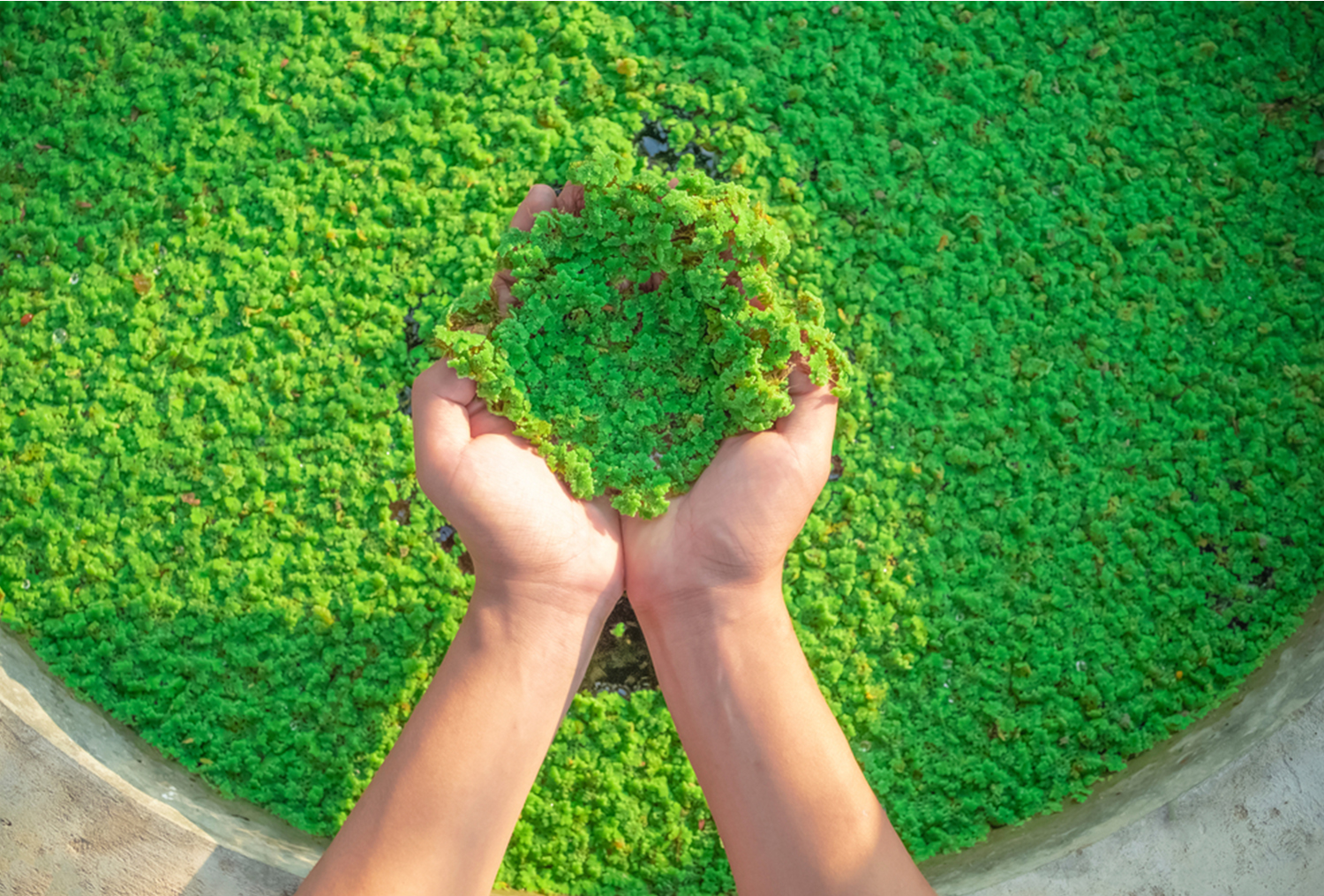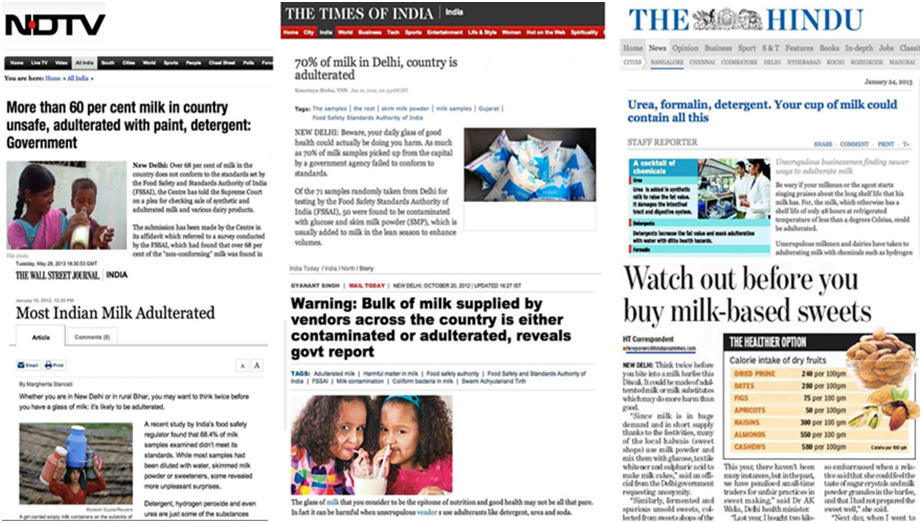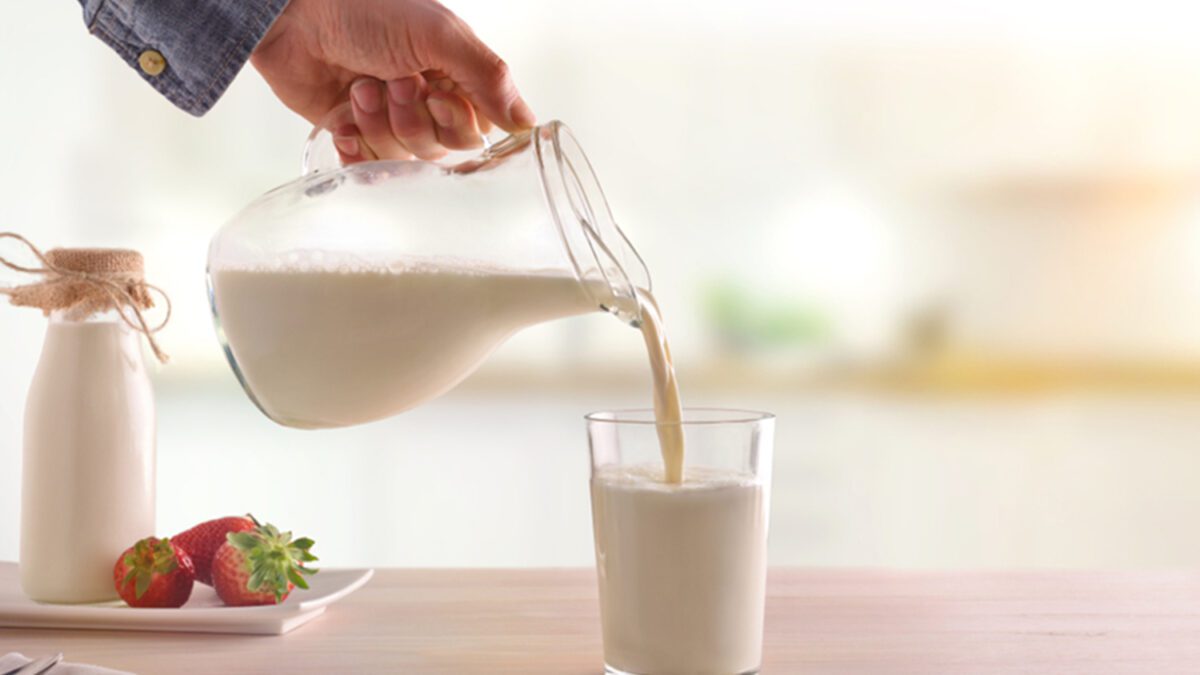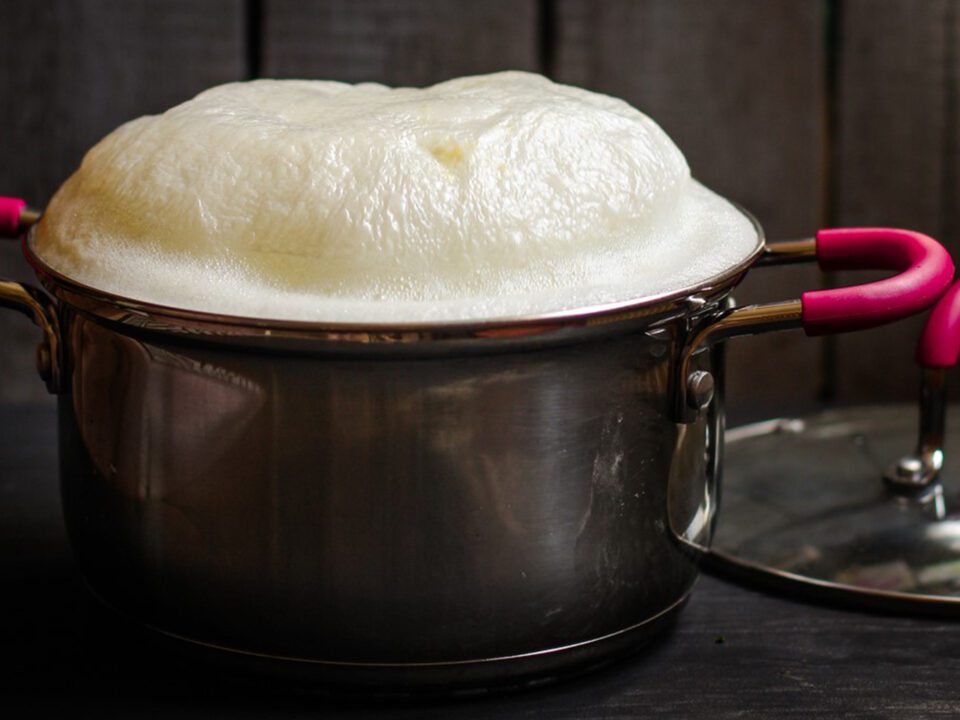
Azolla – A super plant for Indian dairy farmers
November 9, 2022
Do cows find plastic tasty?
April 14, 20235 Simple home tests to check adulterated milk
Ever felt a rancid smell from the milk packet you just bought? Or a runny texture flowing from it immediately? Yep, you guessed it right, it is adulterated milk. The Economics Times report suggests that 68.7% of the milk production in the country, is found to be laced with harmful ingredients. Driven by the white revolution, India has now become the world’s largest producer of milk and dairy products; however, more than two-thirds of India’s milk production does not match the food safety standards thus, making it unsafe for consumption.
As discussed in our previous piece Milk is a versatile liquid food that contains a dynamically balanced mixture of nutrients and protein. Milk is an excellent source of vitamins and minerals, particularly calcium. Besides providing essential fatty acids it also includes all essential amino acids. Milk’s properties make it a valuable food for humans, as well as a convenient source of adulteration. While adulteration is most prevalent during the festive periods, India’s massive milk economy ensures that adulteration is a profitable venture all year. Milk in this context is adulterated either deliberately or inadvertently during the manufacturing and processing stages. Unwanted Ingredients are added to scrimp on milk portions and change the texture drastically. Adulterants like sugar, salt, and Urea are added to elevate the thickness and on the other hand, ingredients like Detergent are formally added to emulsify foreign fat from the non-milk origin, along with vegetable oil.

Adulterated milk can affect the functioning of different organs in the body, causing heart problems, cancer, and even death in severe circumstances. In line with a recent World Health Organization advisory, if adulteration is not stopped, a significant proportion of India’s population would be plagued by severe and fatal illnesses like cancer by the end of 2025. To overcome this growing problem, citizens can start educating themselves about milk manipulation, which has a significant impact on one’s health and well-being.
Here are a few quick tests you may perform at home to check for milk adulteration, along with video links:
1. Water
The introduction of varying amounts of water to milk in order to increase its volume for financial gain is one of the oldest and most basic methods of adulterating milk. This can significantly reduce the nutritional value of milk and poses a serious risk to human health if the water comes into contact with waterborne diseases. Here, the presence of water can be detected by putting a drop of milk on a polished slanting surface. A drop of pure milk flows gradually, leaving a white trail behind it, whilst the milk adulterated with water flows quickly and leaves no trace.
2. Urea
Take a teaspoon of milk in a test tube. Add half a teaspoon of soybean or arhar (pigeon pea)powder, mix up the contents thoroughly by shaking the test tube. After 5 minutes, dip a red litmus paper in it. Remove the paper after half a minute. A change in colour from red to blue indicates the presence of urea in the milk
3. Detergent
Shake 5-10 ml of the milk sample with an equal amount of water. If the mixture produces Lather, it indicates the presence of detergent.
4. Synthetic milk
Synthetic milk has a bitter aftertaste, gives a soapy feeling on rubbing between the fingers, and turns yellowish on heating. Synthetic milk is made by adding white colour water paint, oils, alkali, urea, detergent, etc.
5. Starch
Take 2-3 ml of milk on a glass surface. Drop 2-3 drops of tincture of iodine solution on it. If the mixture gradually turns blue, then the milk is adulterated.
As milk has a high nutritional value and is relatively inexpensive when compared to other protein sources, it is a staple in the diets of many people all over the world. Nonetheless, because of the elevated demand on a global scale, massive amounts of fraud have been committed with milk. While important organizations like The Food Safety and Standards Authority of India (FSSAI) are strengthening milk safety by increasing surveillance and vigilance on milk adulteration. It is also necessary that citizens ensure safety from their end, with these simple and easy milk tests that can be conducted at home one can seamlessly ensure there are no undesired chemicals and ingredients present in the milk consumed.




